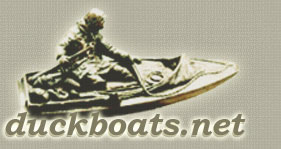frank middleton
Active member
I've been carving for about a year and the paint is beginning to come around. I've been trying to learn from a few different books. Lemaster"s Decoys, Bruce Burke's Game Bird Carving and Keith Mueller's most recent The Art in Making Decoys and what I can find here. Nobody seems to endorse brands of paint brushes. I would like any information on decent values on quality brushes. Mostly sable fans and kolinski fine line and rounds. Any help with brands and suppliers and what I should expect to pay. I have bought many brushes and have tinkered with paint consistency and things are looking up. I feel that some help on the brush learning curve could help. Also I have been using Winsor Newton series 1. Don't know if that information could be telling. Should I move to a different grade of paint for easier blending? Thanks for the help.
Frank Middleton
Frank Middleton
